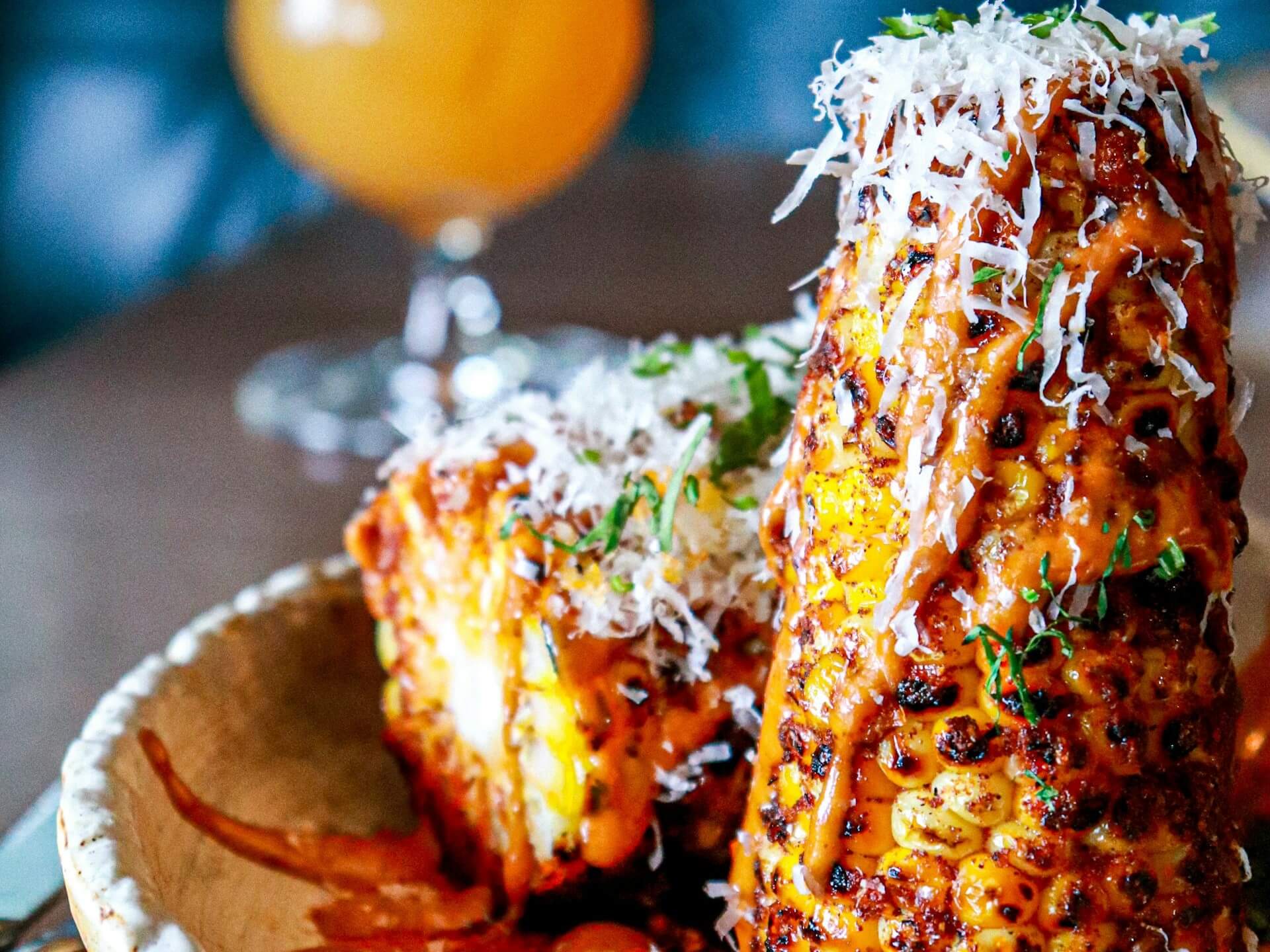Put Your Finger on the Culinary TrendPulse
by David Klemt

An informative and engaging culinary trend report from Campbell’s Foodservice provides compelling insight that will help operators refresh their menus.
Recently, Campbell’s dropped their Culinary TrendPulse 2024 report. To download your own copy, click here.
Executive chef Gerald Drummond and senior chef Greg Boggs have identified four culinary trends for 2024. The chefs analyzed data provided by Campbell’s Foodservice and the company’s partners.
As has become commonplace, Campbell’s also took note of food and flavor social media mentions and conversations. This makes sense; if people are talking about it on social media, it’s probably growing in demand.
Now, I’m going to share each of the trends below. However, I’m going to laser in on one in particular. My reasoning is simple: It’s a compelling take on segment that has been experiencing growth, along with the accompanying growing pains.
To start, though, a brief look at three of the 2024 culinary trends identified by Chefs Drummond and Boggs.
TrendPulse 2024: Trends 1, 3 and 4
To put it bluntly, I think the first trend in this report is here to stay. It’s safe to say it has reached the proliferation stage.
So, when I see “global cuisine” in reports, I don’t really consider it a trend. What I want to see is specific cuisines, dishes or flavors identified as trending.
Fortunately, Chefs Drummond and Boggs have identified three global cuisines on the rise. Per the chefs and Campbell’s, Mexican, Asian, and North African cuisines are on an upward trend in the US.
In particular, operators should be aware of the following:
- Asian cuisine: Korean, Souteast Asian, and Thai food are on the rise.
- Mexican cuisine: birria, quesabirria, birriamen, chamoy, and street corn mentions have grown in menu mentions and social discussions.
- North African cuisine is projected to grow by more than 12 percent on menus, year over year. Currently, operators should look at harissa, tagine, and peri-peri (a.k.a. piri-piri, or peli-peli).
Another trend from this report is “new nostalgia.” As the term suggests, consumers are showing interest in creative spins on well-known comfort foods.
Likely driven at least in part by global cuisines, heat is also on the rise. I mean that figuratively and literally.
Per a Tastewise data point cited in the Campbell’s report, sweet and spicy mentions—known as “swicy”—have grown nearly 50 percent over the past year.
TrendPulse 2024: Trend 2
Alright, so here’s the trend that stands out to me.
According to Chefs Drummond and Boggs, consumers are still very much interested in plant-based cuisine. However, they want actual plants to be the stars.
Or, as Campbell’s puts it in their report, one of their top trends is “putting plants back in plant-based.” Interestingly, this trend fits with the first one in the Campbell’s report: global cuisine.
Per a Technomic report cited by Campbell’s, 41 percent of consumers eat a vegetarian or vegan dish at least once per week. However, it seems that these same consumers are showing a preference for actual plants.
Most plant-based meat alternatives are processed foods. In fact, some sources designate them “ultra-processed foods.” Today’s consumer is more educated on processed foods and seeks to avoid them.
So, operators should menu more dishes that feature plants. There’s a place for plant-based meat alternatives but their highly processed nature may be putting off a not-insignificant number of consumers.
In their report, Campbell’s suggests offering dishes featuring the following proteins: beans, legumes, and pulses.
Look, trend predictions are guesses. In this case, they’re data-driven and educated, but they’re still guesses. When considering menu changes, operators need to make choices that make sense for their business, guests, and market.
If you’re like me, you’ve noticed that all four of these trends pair well with one another. Operators should encourage their kitchen teams to get creative and craft new dishes that leverage two or more of the above trends.
Image: Aleisha Kalina on Unsplash

